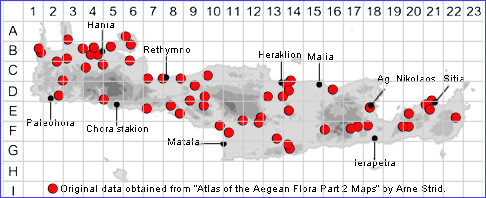SPECIES DESCRIPTION
LYTHRUM JUNCEUM
Family and Genus:- See- LYTHRACEAE
Common Names:- Creeping loosestrife
Homotypic Synonyms:- None
Meaning:- Lythrum (Gr) Gore, A name used by the Greek physician and botanist
Dioscorides, may refer to the flower colour.
Junceum (L) Like a small rush.
General description:- Glabrous, usually perennial.
Stems:-
1) 20-70 cm. usually branched from the base with decumbent, divaricate, straggling
branches.
Leaves:-
1) 8-22 x 2-11 mm, broadly elliptic-oblong to linear-oblong, mostly alternate.
Flower:-
1) Trimorphic, solitary in the leaf-axils, suberect.
2) Hypanthium, 5-6 mm, shorter than the subtending leaf, cylindrical-obconical,
tapered gradually to the base, spotted with red near the base.
3) Sepals, broadly deltate, scarious. epicalyx-segments c. 1 mm, triangular-
subulate, equalling or somewhat exceeding the sepals.
4) Petals, 5-6 mm, purple, sometimes white or cream at the base.
5) Stamens, 12, some or all exserted.
Fruit:-
1) Capsule, much shorter than the hypanthium.
Key features:-
1) Fruiting hypanthium obconical, tapered gradually to a narrow base; red-spotted
near the base, usually shorter than subtending leaf.
Habitat:- Coastal wetland, damp meadows, seasonally wet spots in agricultural
areas and by roads. 0-700(-1100) m.
Distribution:- Widespread in Greece, common in the west, but lacking in the
interior north. - SW Europe, Mediterranean area, S Anatolia and Cyprus. Fairly
Widespread on Crete.
Flowering time:- Mid-Apr to July, occasionally later.
Photos by:- Steve Lenton

